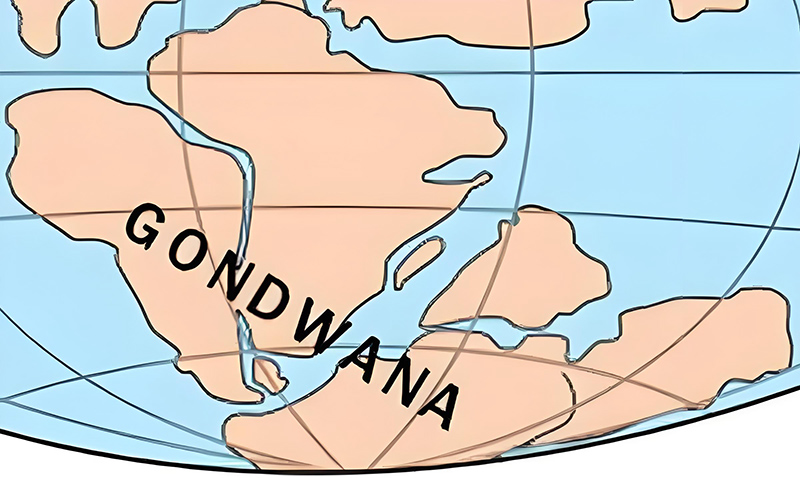A study recently published in Communications Earth & Environment, a leading journal under Nature, announced the discovery of amber deposits dating back 112 million years to the Cretaceous period in Ecuador. This latest research, led by the University of Barcelona in Spain, has garnered significant attention from the scientific community. It not only fills a gap in the Southern Hemisphere amber record but also, from an energy research perspective, provides valuable insights into Earth’s ancient ecosystems, biomass evolution, and the genesis of oil and gas.
Amber: A Time Capsule of Ancient Energy
Amber is fossilized resin, and the pollen, insect, and plant remains it contains provide direct evidence for reconstructing ancient environments. These ancient forests were the source of the fossil fuels—coal, oil, and natural gas—on which humans today rely.
By analyzing the plant types (such as conifers and ferns) and spore pollen preserved in amber, scientists can more accurately reconstruct the vegetation composition and density of the southern Gondwana forests during the Early Cretaceous. This helps infer the amount and type of biomass present, as well as its burial conditions throughout geological history, furthering our understanding of the environments in which source rocks formed.
Linking to Energy Exploration Through Paleoclimate
The study indicates that this forest, located in the southern part of the Gondwana supercontinent, was characterized by a humid climate and dense vegetation. This environment is a crucial prerequisite for the development of high-quality coal, oil, and gas resources. Understanding the ecological characteristics of marginal basins during the initial stages of continental separation provides valuable insights for energy exploration in areas of the former Gondwana continent, such as South America and Africa.

Geologists can use this type of paleoclimate data to refine paleoclimate models of the Cretaceous, and the resolution of these models is being continuously improved using the latest analytical techniques. The U.S. Geological Survey (USGS) and other organizations are increasingly prioritizing this type of paleoenvironmental research in global resource assessments, helping to predict the distribution of source rocks and reduce the risks and costs of energy exploration.
From Ancient Insects to Future Energy Potential
Insects (such as beetles and ants) and spider webs preserved in amber not only reveal the coevolution of early animals and flowering plants but also indirectly confirm the energy flow and material cycle efficiency of the ecosystem at that time. This biological information helps to build more complete models of ancient food webs and understand the processes of carbon fixation and release in ancient ecosystems—a topic that is deeply relevant to the current research of organizations such as the International Energy Agency (IEA), focusing on carbon cycling, bioenergy, and climate change response strategies.
A Foundational Discovery with Multiple Implications
The recent discovery of Ecuadorian amber may appear to be a breakthrough in paleontology, but it actually provides valuable samples for interdisciplinary research. From reconstructing the appearance of ancient forests to inferring the material basis of oil and gas formation, from reconstructing paleoclimates to aid energy exploration, to understanding carbon cycle patterns throughout geological history, this research demonstrates profound potential in the energy sector. It reminds us that a deeper understanding of the history of life on Earth remains a fundamental investment in future energy strategies.












